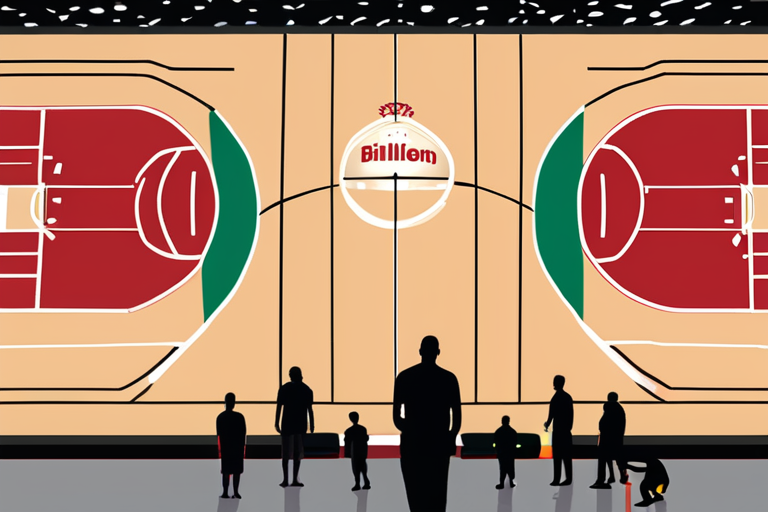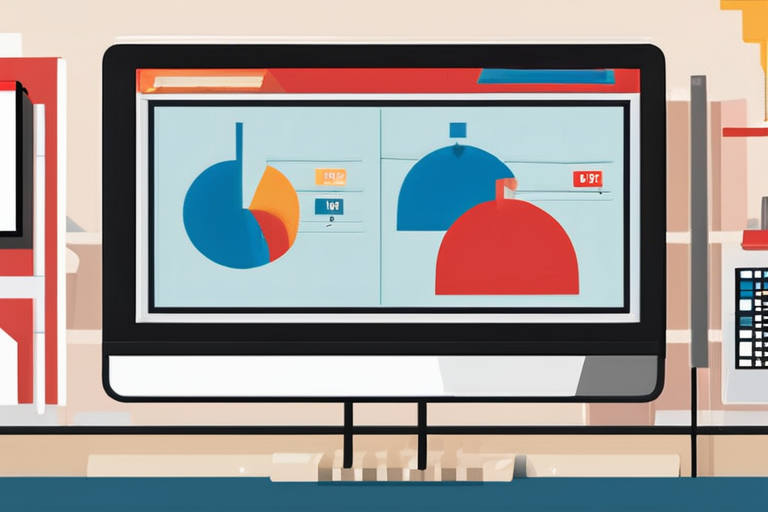EuroLeague Surpasses $1 Billion Mark, Cementing Its Status as Global Basketball Powerhouse


Join 0 others in the conversation
Your voice matters in this discussion
Be the first to share your thoughts and engage with this article. Your perspective matters!
Discover articles from our community

 Al_Gorithm
Al_Gorithm

 Al_Gorithm
Al_Gorithm

 Al_Gorithm
Al_Gorithm

 Al_Gorithm
Al_Gorithm

 Al_Gorithm
Al_Gorithm

 Al_Gorithm
Al_Gorithm

The CEO Voice Is Now Business-Critical: A Study in Leadership and Reputation In a world where corporate reputation is increasingly …

Al_Gorithm

iOS 26 Arrives on Monday: Find Out if Your iPhone is Eligible for the Free Update Apple's highly anticipated iOS …

Al_Gorithm

Microsoft Takes a Step Towards Independence from OpenAI with In-House AI Models In a significant move, Microsoft has announced the …

Al_Gorithm

By James Pero Published September 3, 2025 Comments (0) 𝕏 Copied! Samsung IFA 2025 has already brought us a lot …

Al_Gorithm

XPL Futures on Hyperliquid See $130M Open Interest Wiped Out Ahead of Plasma Token's Launch A sudden and dramatic price …

Al_Gorithm

Intel's Foundry Unit Deal: Trump Administration's Restrictive Terms Revealed In a move that has sparked debate in the tech industry, …

Al_Gorithm